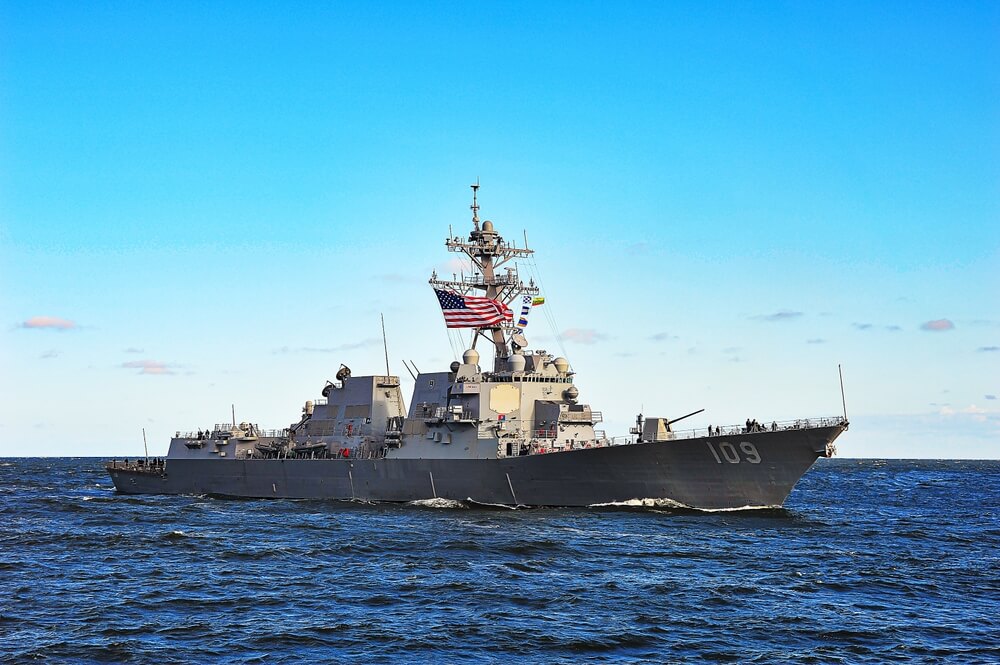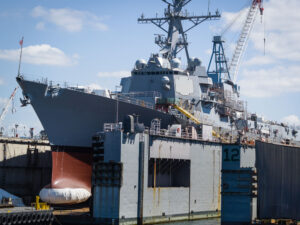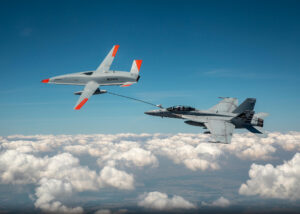The U.S. Navy surface warfare enterprise has had several developments to cheer about moving into 2025.
First, the AEGIS combat system works, and it does so under wartime conditions in the Red Sea. The surface forces’ Warfare Tactics Instructor (WTI) program appears to be a big success and a key element in preparing and sustaining ships in combat conditions.
The DDG-51 Arleigh Burke class destroyer demonstrates that it is perhaps the indispensable surface warship of the age, and a true “jack of all trades” in the tradition of the destroyer platform. Even the Littoral Combat Ship (LCS) has seen some rehabilitation with USS Indianapolis playing a role in downing Houthi drones in a Red Sea engagement.
Unfortunately, a number of severe readiness challenges continue to affect the surface fleet, in terms of its vanishing cruiser force, crippling redesign of the Constellation class frigate, poor readiness of the amphibious fleet and problems with the Landing Ship Medium program.
Despite the service’s focus on 2027 as “der tag” for a potential fight with the Chinese military, the overall size of the fleet is expected to decrease through the current decade and not start to ramp back up until 2030. Eighty percent surge readiness and a larger fleet seem incompatible goals for the near future.
What’s good with the surface Navy
The surface fleet’s tactical performance in the Red Sea seems due to a long effort from the return of schoolhouse training for new surface officers in 2012 after the debacle of “Surface Warfare Officer School in a Box,” through reforms implemented after the disastrous 2017 collisions in the Western Pacific.
The WITI program is proving its worth, and the Arleigh Burke class destroyers, now the solid backbone of the surface navy, performing very well in the arguable medium to high end threat environment of the Red Sea region.
The Navy expended a lot of ordnance so far in the Red Sea mission, but that should be no surprise given current doctrine for air and missile defense, and the fleet’s extended defensive posture protecting free commerce and just being present as a deterrent force.
Navy Capt. Wayne Hughes, the late naval tactics expert from the Naval Postgraduate School, advised surface forces to avoid defensive posture as they are more susceptible to missile attack and vulnerable to damage when so employed. The Trump administration recently reversed this posture and is engaged in a more extended air and missile campaign against the Houthis.
In addition, unmanned units like the DARPA Defiant prototype with 16 vertical launch system cells. Soon every DDG-51 commander may become a flotilla leader with multiple unmanned ships providing additional weapons, electronic warfare support and fuel for the manned vessel.
What’s bad with the surface Navy
Surface Warfare readiness overall is insufficient for a long, peer war against China or Russia. An aging, over deployed fleet that has seen persistent deferred maintenance over the last two decades cannot be fixed overnight, or by fervent sloganeering that 2027 is nigh and 80% surge readiness is the goal.
Keeping one third of the fleet constantly deployed – -with limited shore sustainment infrastructure and literally none at sea as the Navy possesses only two tenders, while supporting surge missions like that in the Red Sea– will continue to harm overall surge readiness for a potential peer opponent fight.
Even with 2027 as a goal for “war readiness” the fleet continues to shrink in size and decommissioned ships still scavenged for parts or worse yet scrapped. Every ship will be needed in a future fight, and it seems a poor readiness choice to decommission any ship ahead of 2027.
Last but not least—the ugly
What is happening today with the FFG-62 Constellation class frigate and the Landing Ship Medium (LSM) is just ugly. And given what happened with the Littoral Combat Ship (LCS), the Navy has not learned any useful lessons in managing ship design and construction.
By all accounts, the Franco-Italian parent design for FFG-62, the FREMM frigate, is a high-performing vessel in the service of multiple allied navies. The Navy should have left it alone under a U.S. build, at least for the first several units, a process of batch construction that has been around since before World War II. The approach would have allowed the Navy to refine a design over several “flights” of ships.
The Navy secretariat owns ship construction through its oversight of individual ship classes through the various Program Executive Offices (PEO’s) charged with their building. U.S. and foreign ship designs are usually different in many ways and no doubt the PEO’s followed the rules and set about making changes to the FREMM design to make it U.S. compliant. The incoming Navy secretariat and next CNO must tackle the Constellation class problems immediately upon taking up their respective positions.
Get real on Navy challenges to get better
The “Get Real, Get Better” slogan seems to be working at the tactical, ship and task force level, but perhaps not as much at higher levels of service leadership. The Navy is not large enough to sustain one-third of its number constantly deployed and still support unplanned surge operations like that in the Red Sea. The current construct is harming the overall readiness of the Navy, and leadership needs to talk about this.
The Navy needs either more ships to better sustain rotational force deployment or fewer deployment missions to better preserve readiness for a peer competitor fight. The Navy can build many unmanned vessels such as Defiant in several small shipyards, which can help improve the fleet’s strength for the peer competitor fight.
The Navy needs to freeze design changes to FFG -62 need and build a workable first flight of five vessels. The Navy must enforce accountability in readiness and ship construction at all levels of leadership.
The goals should be realistic, and if the Navy uses real world numbers, such as the size of fleet or percent of ready ships, then there should be a reasonable pathway to success. If the Navy is really going to get better in terms of readiness and fleet size, then it must get real about its challenges and set attainable goals for success.







